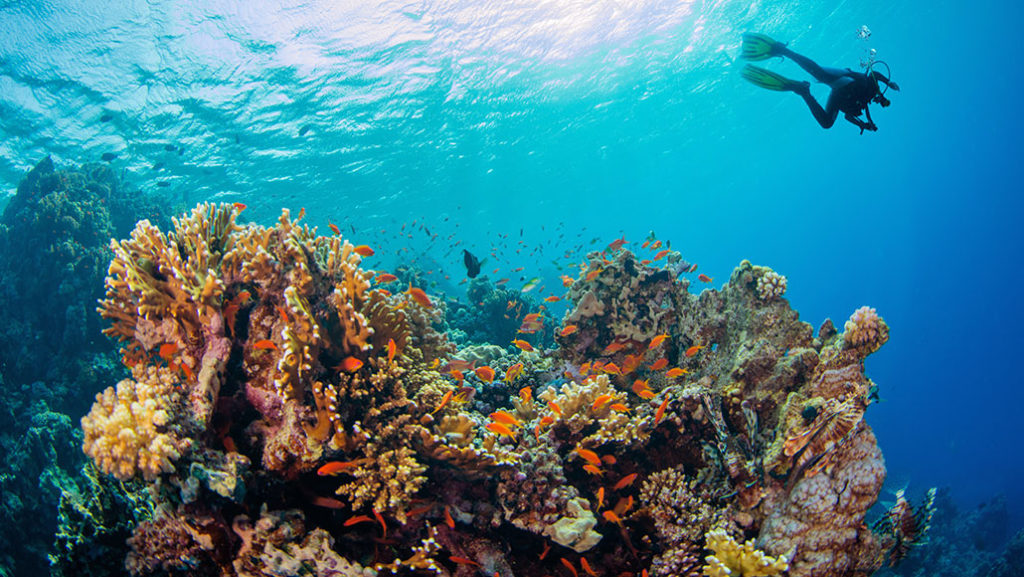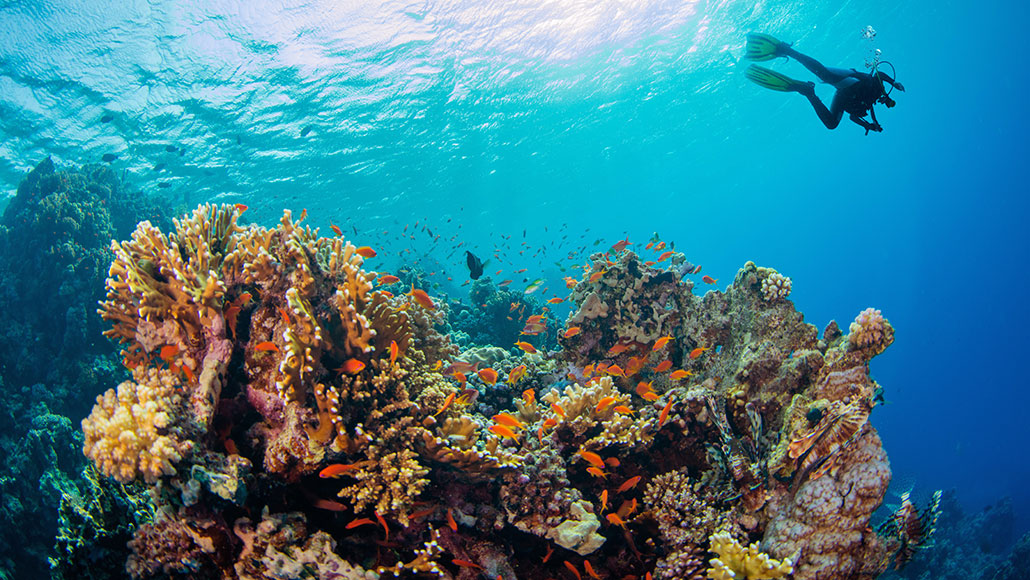The overall area of the Danajon Bank is 272 square kilometers with an aggregate coastline of 699 kilometers including 40 islands. The Danajon Bank makes up over 1% of the total area of coral reefs of the Philippines (estimated at 27,000 square kilometers).
Danajon Bank is one of the few documented double barrier reefs in the world and is a very rare geological formation. Located off the northwest coast of Bohol, it comprises two sets of large coral reefs that formed offshore on a submarine ridge due to a combination of favorable tidal currents and coral growth in the area. It is believed that the reefs were formed over the last 6000 years.

Danajon’s double barrier reef is a larger and better-defined structure than other known double barrier reefs in the world. The outer reef lies 11 km offshore and is composed of several units up to 23 km long each. The inner barrier is 2 km wide and separated from the littoral by an inshore channel 26 m deep at most.
The Philippines has been recently recognized as the “center of the center of marine shore fish biodiversity” in the world, with the peak of marine biodiversity occurring in the central Philippine islands. It is likely that given its location in Central Philippines, the Danajon Bank area has been a history as an evolutionary source of fish and coral species in the Philippines.

Danajon Bank has a high degree of diversity in its marine flora and fauna. Its location inside an “inland” sea (the Camotes Sea) contributes to endemism within the high diversity of fish, coral, and other invertebrates and algae species. The large reef structure, relatively protected from strong currents and storms encourages a wide variety of micro-habitats to flourish inside and adjacent to the reef lagoons and slopes. Its location also protects if from strong monsoon winds and heavy oceanic swells.
According to Bohol-Philippines.com














